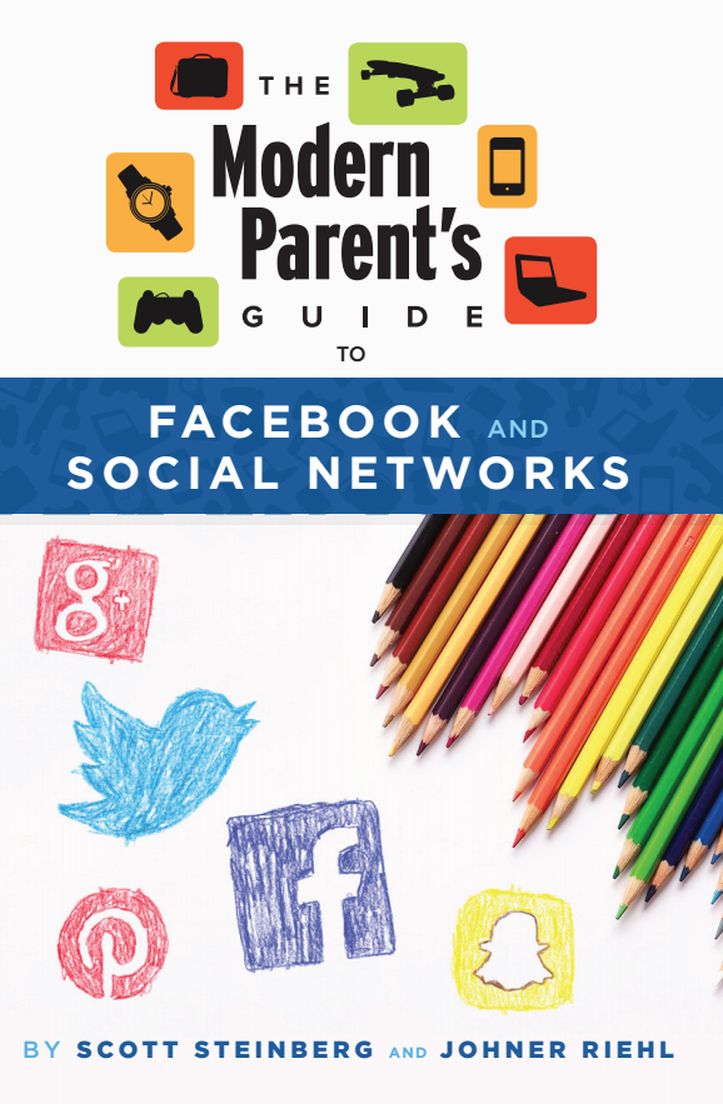10 Tips for Better Online Safety and Privacy for Your Kids

Today’s post with tips for online safety and privacy for both kids and adults comes from professional speaker Scott Steinberg’s book The Modern Parent’s Guide to Facebook and Social Networks. He’s also the author of Millennial Marketing: Bridging the Generation Gap and Make Change Work for You: 10 Ways to Future-Proof Yourself, Fearlessly Innovate, and Succeed Despite Uncertainty.

Online Safety and Privacy: 10 Tips for Parents and Kids
Kids growing up in the digital era — Generation Tech, as we refer to them — are being exposed to technology and consumer electronics at earlier ages than ever before. This group of children is essentially being raised in a world that offers access to high-tech gear, mobile devices and 24/7 connected internet access from the youngest development level. In fact, a recent study by the Joan Ganz Cooney Center found that households with kids aged 4 to 14 possess 11 consumer electronic devices on average, reinforcing just how much high-tech gear is present in today’s home.
Happily, as we point out in the new book The Modern Parent’s Guide to Facebook and Social Networks, technology can be a positive force for good in children’s lives, if parents are willing to get involved and monitor usage in a safe and responsible way. Enjoyed in the right environment and with appropriate supervision and monitoring, kids can benefit greatly from high-tech interactions. Case in point: While children’s enjoyment of popular apps and games is frequently viewed as a frivolous leisure activity, just as play is a helpful cognitive tool for kids that promotes creativity, imagination and teamwork, so too can it also be a vital educational resource.
Needless to say, it’s up to teachers, parents and positive role models — the adults most prominent in and capable of exerting a welcome influence over kids’ lives — to guide them as they explore a world rich in technology and connected access. This handy guide has been created to serve as an overview of vital safety lessons and insights to keep in mind when teaching technology. Remember: Fostering healthy, ongoing and constructive dialogue is essential to teaching technology, reinforcing positive computing and digital citizenship habits, and helping keep children safe online — you can make a difference.
Teach both yourself and kids to observe these simple rules, and you’ll be better positioned to make technology a healthy part of the household:
- Homework is for parents, too: Always study, research and go-hands on with new technologies to make more informed decisions and keep up with new hardware, software or feature updates. If time’s tight, get a crash course on new offerings, trends and features by visiting popular product review sites or searching for online tutorials, e.g. “How to Turn Off iPhone Purchases.”
- Educate your kiddos: Besides employing kid-friendly software, apps and web filters, educate children on online dangers and encourage them to speak up when questionable content or situations are encountered. If you’re worried about kids’ online interactions, use programs’ and devices’ built-in features to turn off Internet connectivity, disenable digital purchases and restrict interactions to pre-approved friend lists.
- Be password savvy: Use the parental controls built into popular entertainment devices, video game consoles and operating systems, and password-protect your settings — but don’t employ easily guessable choices like birthdays and anniversaries.
- Check privacy settings: Activate privacy features built into popular social networks to limit strangers’ access to personal status updates, photos and videos. Don’t assume they’re set appropriately by default.
- Set boundaries: Confine screens to common household areas such as playrooms and dens, so usage and play habits can be monitored. Establish predetermined times when usage of high-tech devices is permitted or banned (e.g. during dinner), and always shut screens off at least one hour before bedtime.
- Create and enforce house rules: Experts recommend no more than 60 to 120 minutes of screen time daily, balanced with other low-tech activities. Some families add or subtract time as a reward or punishment for children’s behavior.
- Talk about safe online spending: If you allow kids to make purchases, consider restricting these abilities to prepaid cards.
How are you keeping your kids safe and protected online? —Scott Steinberg
